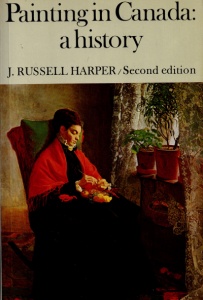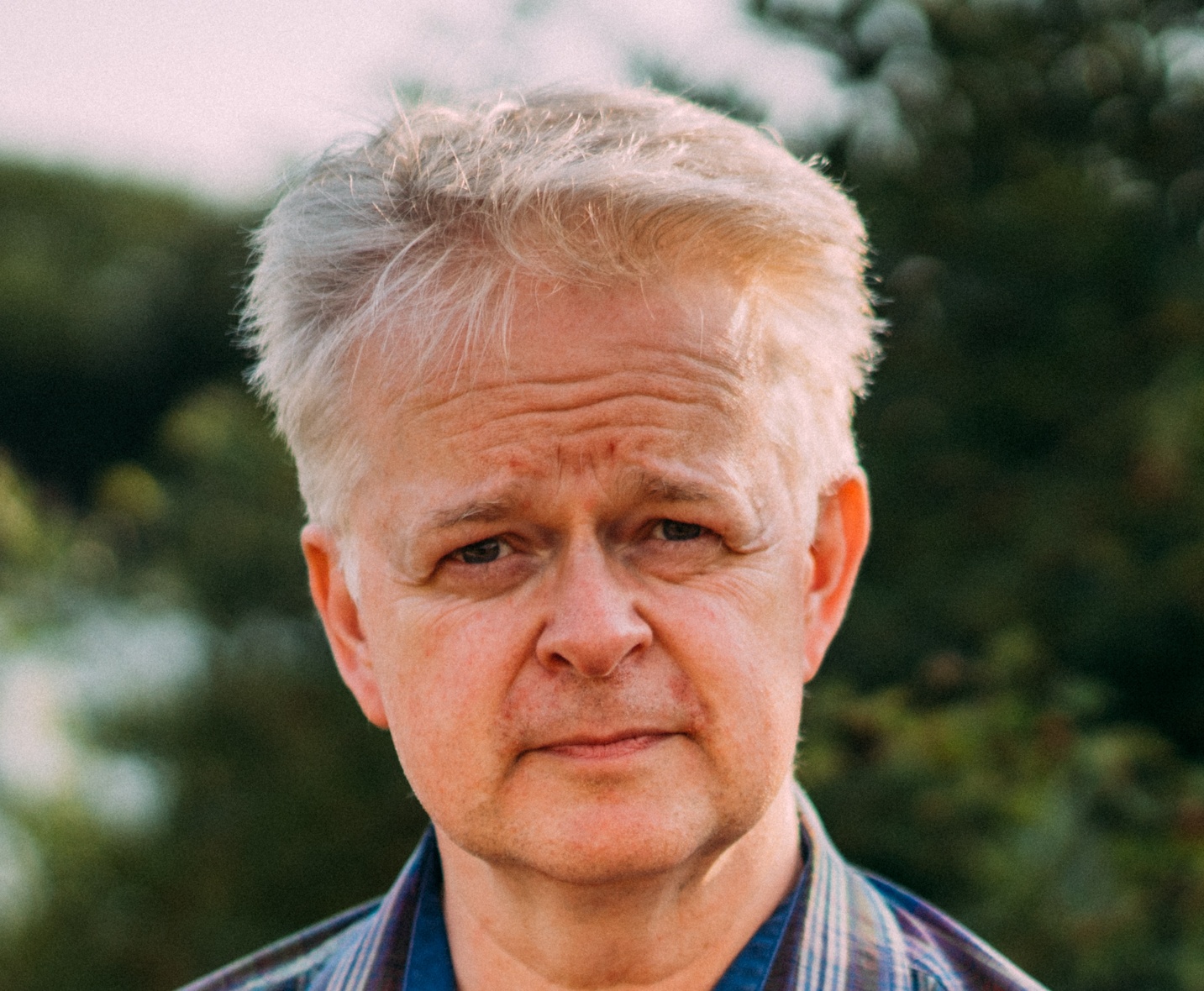 “Since its first appearance in 1967, Russell Harper’s classic study of Canadian painting has been recognized as the outstanding authority on the subject. This edition provides a comprehensive survey, generously illustrated, of three centuries of Canadian painting from its beginnings in the seventeenth century.” -back cover matter, Painting in Canada: a history
“Since its first appearance in 1967, Russell Harper’s classic study of Canadian painting has been recognized as the outstanding authority on the subject. This edition provides a comprehensive survey, generously illustrated, of three centuries of Canadian painting from its beginnings in the seventeenth century.” -back cover matter, Painting in Canada: a history
My grandmother was an appreciator of Canadian art. She lived in Ottawa and volunteered at the National Gallery of Canada. Her friends were also Canadian art lovers, and much of my own appreciation of art, which led me to be an arts reporter for a time at CBC Radio, came from her and my schooling in Victoria.
When she passed away over a decade ago now, I was given this modest volume. I must admit to only reading it cover to cover just in the last two months. But it was revelatory to me, whose Canadian art education was limited to, pretty much, the early part of the twentieth century.
The book itself is falling apart. As I was reading, pages began extracting themselves from the binding, and it was only through sheer willpower during my bedside reading that I kept the over four hundred pages from tumbling out onto my face. I think this will be its final reading, and I’m sadly aware of that. Still, I do like a book with some history, and this one has the added family connection.
I’ve realized over time how artwork, such as that by the members of the Group of Seven, Emily Carr, Cornelius Krieghoff, Paul Kane, and others, have determined a national identity, in a time before television and internet. I don’t think, for the most part, this was the intention of the painters. After all they were just trying to make a living. But academicians and historians like Harper brought the public’s attention to a romanticised view of the, dare I write it, wilderness. Of course, this is a term many in ivory towers now shun. But back in the 1920s, hiking into the woods with sketching materials in a sack, and bringing back the meat and potatoes of a larger work in oil or watercolour, was deemed a noble pursuit, especially when the public did not generally appreciate artwork that did not originate in Europe. Artists like Carr, for example, brought European influences to subjects on this west coast, interpreting Indigenous subjects using Impressionistic and Post-Impressionistic influences she brought back from her studies in France. It was the coming together of two societies; an attempt to explore and understand.
Earlier in the book readers see the influence of the church as benefactor to artists, with many subjects being the stories and figures of scripture and religion. But I find it interesting how artists, moving beyond this limited palette, sought out their God in Nature, to paraphrase mountain guide Conrad Kain.
Interestingly enough, within its pages, I found, tucked in there for decades, a letter issued from the Rideau Convent Alumnae Association dated October 25th, 1988. This may have been mailed to my grandmother, or, more likely, my aunt, who was very involved in the church. It was a notice for an upcoming meeting, where alumnae were to vote for a new executive committee. But below, in a brief paragraph, was an interesting summation of what I had read in the book.
“As this is our last letter to you, we welcome the opportunity to thank you all for your cooperation and participation at our different activities. We are very proud to have succeeded in building ‘a future for our past’.”
Author: J. Russell Harper
Book: Painting in Canada: a history / Second edition
Publisher: University of Toronto Press
Year of Publication: 1985 (originally published 1967)
